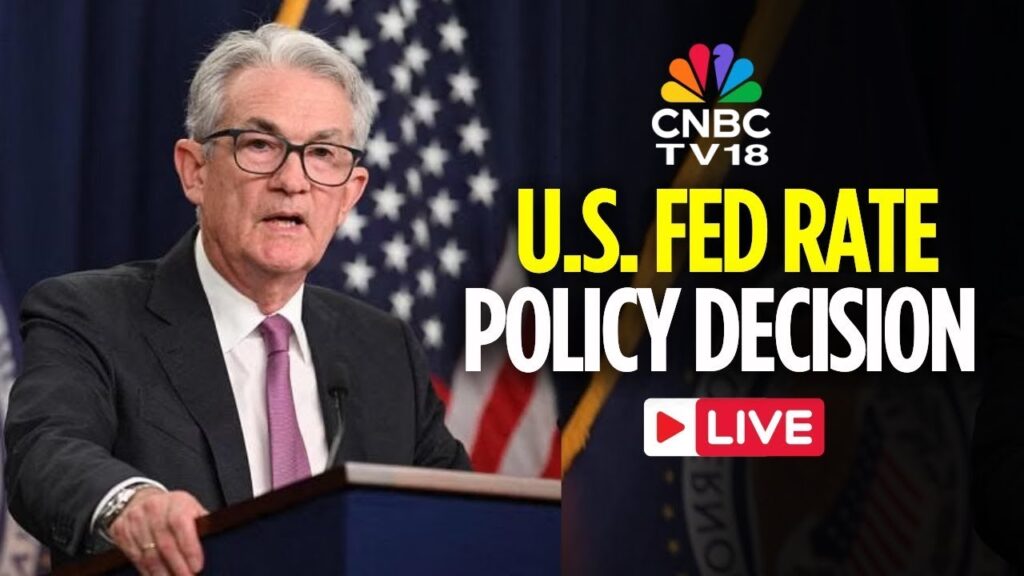
Introduction
The Federal Open Market Committee (FOMC) plays a crucial role in guiding U.S. monetary policy and influencing global economic trends. As one of the key entities responsible for managing interest rates and regulating the money supply, the FOMC’s decisions matter not just in the United States but also around the world. Recent meetings have seen increased attention from investors and economists amid ongoing concerns about inflation, employment, and economic growth.
Recent Developments
In its latest meeting held on September 20, 2023, the FOMC opted to maintain the federal funds rate at a target range of 5.25% to 5.50%. This marks a significant decision after a series of rate hikes aimed at curbing inflation, which has shown signs of moderation in recent months. According to the Labor Department, the Consumer Price Index (CPI) rose by 3.7% year-over-year as of August 2023, a decrease from previous highs, indicating that the FOMC’s stringent monetary policies may be showing initial effects.
Federal Reserve Chair Jerome Powell emphasized that while inflation is retreating, it still remains above the Federal Reserve’s 2% target, necessitating a cautious approach moving forward. Additionally, Powell highlighted the importance of monitoring key economic indicators such as job growth and spending patterns in order to gauge the future trajectory of monetary policy.
Market Reactions and Future Implications
Following the announcement, stock markets experienced a brief spike, indicating investor relief in the continuity of the current interest rate regime. However, some market analysts suggest that there could be a potential for a rate hike before the year ends if inflation does not decline further. Many economists are also signaling that the Fed’s overarching goal remains price stability, expecting a prolonged period of interest rates at current levels or slower adjustments moving into 2024.
Looking ahead, the significance of upcoming economic data releases will be paramount. The FOMC is scheduled to hold their next meeting in November 2023, where updates on payroll figures and consumer sentiment will likely influence their decisions. Investors and stakeholders are advised to keep a close watch on these indicators as they could shape the Fed’s course of action in the coming months.
Conclusion
In conclusion, the FOMC continues to wield substantial influence on the economic landscape through its monetary policy decisions. The committee’s recent choice to hold rates steady signals a balancing act between promoting economic growth and controlling inflation. As 2023 progresses, the evolution of economic data will remain a key focal point for both policymakers and investors, making the meetings and announcements from the FOMC critically important to follow.

